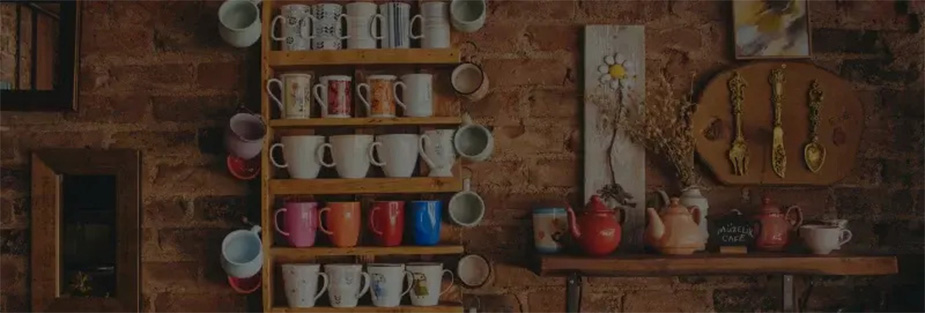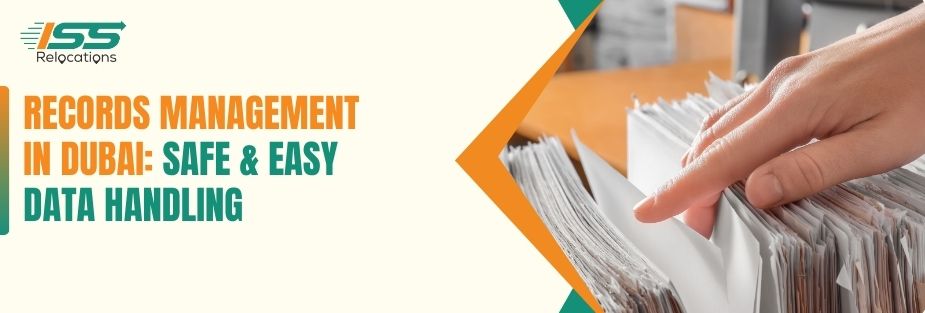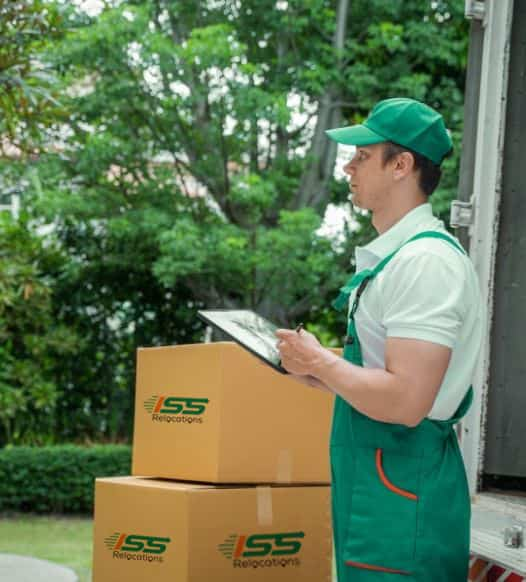
How to Move a Collection With a Moving Company
How to Move a Collection?
Moving a collection can be a stressful task, especially if it contains valuable and fragile items. It requires careful planning, specialized equipment, and the services of a reliable and professional moving company. The importance of finding a trustworthy moving company cannot be overstated. If you choose the wrong company, you could end up with damaged or lost items, and the whole experience can be extremely nerve wrecking. In this blog, we will discuss ISS Relocations, a reliable option for moving collections, and provide tips for preparing, packing, transporting, and receiving your collection.
Preparing for the Move
Before you begin packing your collection, it is essential to make an inventory of all the items you plan to move. This will help you keep track of everything during the move and ensure that nothing is lost. You should also determine the value of your collection and make sure you have adequate insurance coverage. This is particularly important if your collection contains valuable items such as art, antiques, or jewellery.
It is crucial to check with the moving company about any specific requirements for packing and transporting your collection. Some items may require special handling, such as temperature-controlled transportation, so it’s essential to discuss these details with the moving company in advance.
Expert Care for Collects
Protect your valuable collection with expert relocation support—ensure safe handling, secure packing, and smooth transport from start to finish.
Packing and Transporting Your Collection
Proper packing is crucial to avoid damage during transportation. Here are some tips for packing different types of collections:
- Art: If you have valuable paintings or sculptures, it’s essential to use specialized packaging materials such as acid-free paper, bubble wrap, and custom-made crates. This will ensure that the items are protected during transport and won’t be damaged by moisture, dust, or vibrations.
- Antiques: Antique items such as furniture or glassware are often fragile and require careful handling. You should wrap each item in bubble wrap and secure it with packing tape. For larger items, such as furniture, it’s best to use furniture pads and moving blankets to prevent scratches or dents during transportation.
- Fragile items: Fragile items such as China, glassware, or electronics should be wrapped in bubble wrap or packing paper and placed in sturdy boxes. It’s important to label the boxes as fragile to ensure that the moving company handles them with care.
Additionally, here are some other tips for packing and transporting your collection:
Label all boxes and items: Labelling your boxes and items with their contents and destination can help ensure that everything arrives at the correct location. This can also help you keep track of your inventory during the move.
Use high-quality packing materials: Using high-quality packing materials such as bubble wrap, packing paper, and packing tape can help ensure that your items are protected during transport. Avoid using low-quality materials as they may not provide enough protection for your collection.
Consider disassembling larger items: For larger items such as furniture or sculptures, consider disassembling them before packing. This can make them easier to transport and reduce the risk of damage.
Consider using a professional packing service: If you have a large or complex collection, consider using a professional packing service. They can provide specialized packaging materials and techniques to ensure that your items are protected during transport.
Get adequate insurance: It’s important to get adequate insurance for your collection before the move. This will protect you in case of any damage or loss during transportation.
- Specialized equipment or materials may be necessary for packing and transporting collections. For example, climate-controlled trucks may be required for items that are sensitive to temperature changes. The moving company may also provide custom-made crates or packaging materials for delicate or valuable items.
- Transportation options include air, sea, or road. The mode of transportation depends on the distance, size, and type of your collection. For example, air transportation may be necessary for international moves, while sea transportation is ideal for larger collections.
Working with the Moving Company
Clear communication is crucial when working with a moving company. You should discuss all the details of the move in advance, including the pick-up and delivery times, the cost of the move, and any special requirements for packing and transportation. It’s also important to inform the moving company of any changes to your collection or address.
To ensure a successful move, you should work closely with the moving company’s staff. Provide them with clear instructions on how to handle your collection, and make sure that they understand the value and fragility of your items. It’s also essential to supervise the loading and unloading of your collection to ensure that everything is done correctly.
Connect With Our Team Today
Receiving Your Collection at the Destination
Inspecting your collection upon delivery is essential to ensure that everything has arrived safely and undamaged. You should check each item against your inventory and report any damage immediately to the moving company. It’s also a good idea to take photographs of any damage as evidence for insurance purposes.
After you have inspected your collection, it’s time to organize and set it up at the new location. This can be a daunting task, especially if your collection is large or complex. Here are some tips to make the process easier:
Create a layout plan: Before you start setting up your collection, create a layout plan of the new space. This will help you visualize where each item will go and ensure that everything fits in the new space.
Start with the larger items: Begin by setting up the larger items, such as furniture or sculptures. This will help you get a sense of the space and ensure that you have enough room for the rest of the collection.
Group similar items together: To create a cohesive display, group similar items together. For example, you could group all the paintings together or display all the antique furniture in one area.
Use appropriate display tools: If you have delicate or valuable items, it’s important to use appropriate display tools such as stands, mounts, or protective coverings. This will ensure that the items are protected and displayed in the best possible way.
Don’t overcrowd the space: While it may be tempting to display all your items in one space, it’s important not to overcrowd the area. This can make the space look cluttered and may even damage your items.
Conclusion
Moving a collection can be a stressful and challenging task, but with careful planning and the help of a professional moving company, it can be a smooth and successful experience. In this blog, we have emphasized the importance of finding a reliable and professional moving company and provided tips for preparing, packing, transporting, and receiving your collection. ISS Relocations is a reliable option for moving collections.
Remember to take the time to prepare your collection for the move, communicate clearly with the moving company, and inspect your collection upon delivery. With these tips in mind, you can ensure that your collection arrives safely and is set up beautifully in its new home.
Plan Stress-free Move with Top Moving Company in UAE - ISS Relocations

Frequently Asked Questions
How does moving with a moving company work?
Moving with a professional company like ISS Relocations ensures a stress-free experience by handling packing, transportation, and unpacking. Our team assesses your needs, provides a detailed plan, and securely packs your collection. Using specialized packing materials, we ensure safe transit and efficient unpacking at your destination. Our experts handle logistics, customs clearance, and delivery, making the process seamless for both local and international moves.
How to manage a moving company for UAE?
Managing a moving company for UAE relocation involves proper planning, clear communication, and ensuring your belongings are packed securely. ISS Relocations provides end-to-end solutions, offering customized packing, documentation assistance, and transport logistics. We recommend booking in advance, labeling items clearly, and keeping an inventory list. Our team ensures that all items comply with UAE customs regulations for a smooth and efficient move.
How do movers move furniture to UAE?
Mover’s transport furniture using specialized packing techniques and secure loading methods. ISS Relocations uses protective materials like padding, shrink wrap, and sturdy boxes to safeguard your furniture. Large items are disassembled, if necessary, carefully loaded into containers, and secured for long-distance transport. Our team ensures smooth customs clearance and safe delivery, offering reassembly services at your new home in UAE.
What do I do while movers move my stuff to UAE?
While movers handle the logistics, you can focus on finalizing travel arrangements and necessary documentation. ISS Relocations advises keeping essential items like passports, important documents, and valuables with you. If possible, supervise the packing process to ensure items are handled correctly. Having an inventory checklist and confirming delivery timelines with the moving team helps ensure a seamless relocation process.
Can movers move furniture with stuff in it?
While some movers may allow small, lightweight items to remain inside furniture, ISS Relocations strongly recommends emptying drawers and cabinets before transport. This prevents damage to both furniture and belongings. Moving furniture with items inside can increase weight, making handling difficult and potentially causing shifting during transit, leading to damage. Our team provides safe packing solutions for all belongings separately.
Do movers move boxes or furniture first?
Movers typically load large furniture first, followed by boxes and smaller items. ISS Relocations follows a strategic loading process to maximize space and ensure stability during transport. Heavy furniture is positioned securely, while labeled boxes are stacked to prevent shifting. Fragile and high-priority items are placed in easily accessible areas to minimize handling risks. This method ensures efficient unloading and organized setup at the destination.
Do you put clothes in boxes when moving?
Yes, packing clothes in boxes or wardrobe cartons is the best way to transport them. ISS Relocations provides specialized wardrobe boxes that allow you to move hanging clothes without wrinkling. Folded clothes can be packed in sturdy cartons with protective layers. Labeling boxes with room designations ensures an easy unpacking process. Packing seasonal or less-used clothing first helps prioritize essential items upon arrival.
Do you have to disassemble furniture for movers?
In many cases, disassembling furniture is necessary to facilitate safe transport. ISS Relocations’ team assesses furniture and dismantles larger items like beds, tables, and wardrobes as needed. All screws and small parts are packed securely in labeled bags. Upon arrival, our team reassembles the furniture, ensuring a hassle-free moving experience. If an item can be moved safely without disassembly, we take extra care to protect it during transit.
Moving Company - Recent Blog
Stay informed and prepared for your next move with our latest blogs on moving services in the UAE. From expert packing tips to international relocation guides, ISS Relocations brings you up-to-date insights to make your moving experience smoother, safer, and stress-free.










